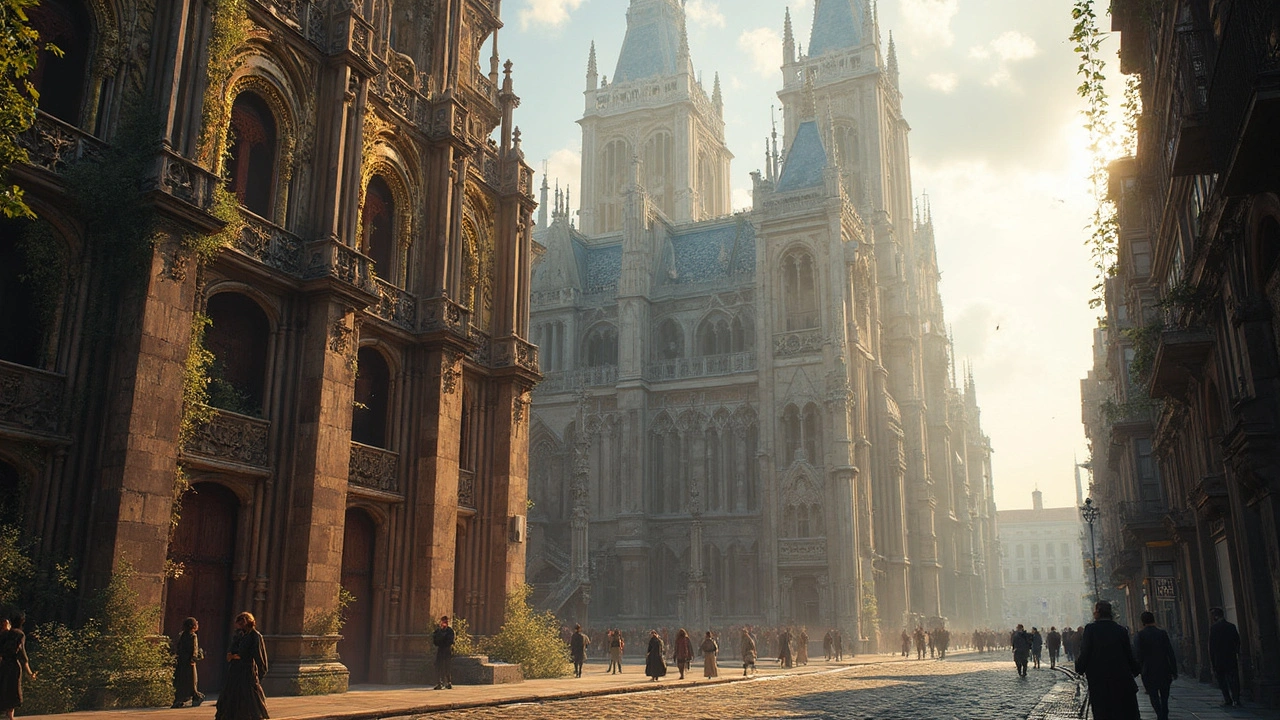
Baroque Architecture: Where Art Meets Faith
Baroque architecture is not just about grand buildings but about the spirit of an era where art and religion intertwined. Emerging in the 17th century, it emphasized grandeur, drama, and movement, reflecting the power and glory of the church. This article explores how Baroque architecture changed the landscape of religious buildings and left an enduring mark on art and design. Dive into the ornate details and understand how this style continues to capture imaginations.
Read more
Rococo Inspired Fashion: A Modern Twist on Classic Elegance
Rococo fashion, known for its lavishness and intricate designs, is making a chic comeback with modern adaptations. This captivating style merges 18th-century elegance with current trends, offering a fresh take for fashion enthusiasts. From bold patterns to rich textures, Rococo-inspired pieces can add a touch of classic sophistication to any wardrobe. Dive into the details of how you can incorporate these styles into everyday wear with effortless modern flair.
Read more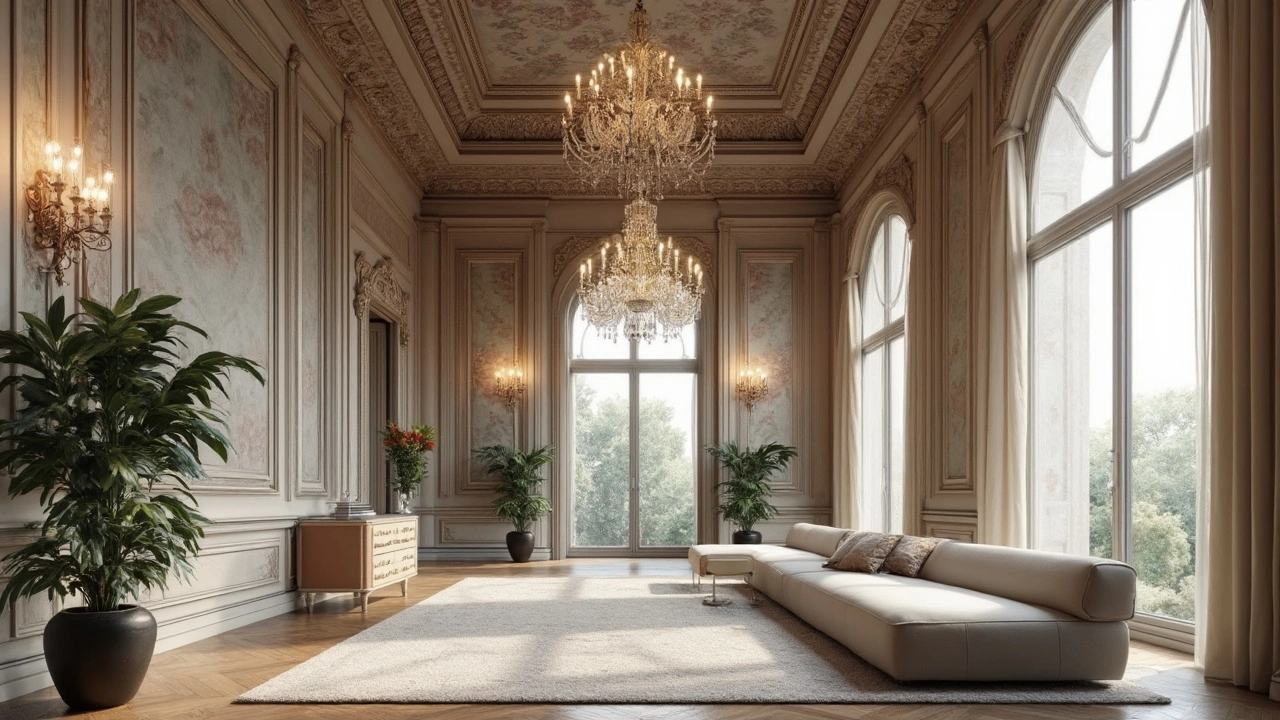
Revivalism: The Revolution in Modern Aesthetics
Delve into the fascinating world of revivalism, where echoes of the past shape our modern aesthetics. Discover how this artistic movement is reshaping design trends, blending history with contemporary flair. Whether it's architecture or interior design, revivalism offers a fresh perspective by reimagining historical styles. Learn practical tips to incorporate revivalist elements into your living space. This journey into aesthetics reveals how revisiting history can redefine modern living.
Read more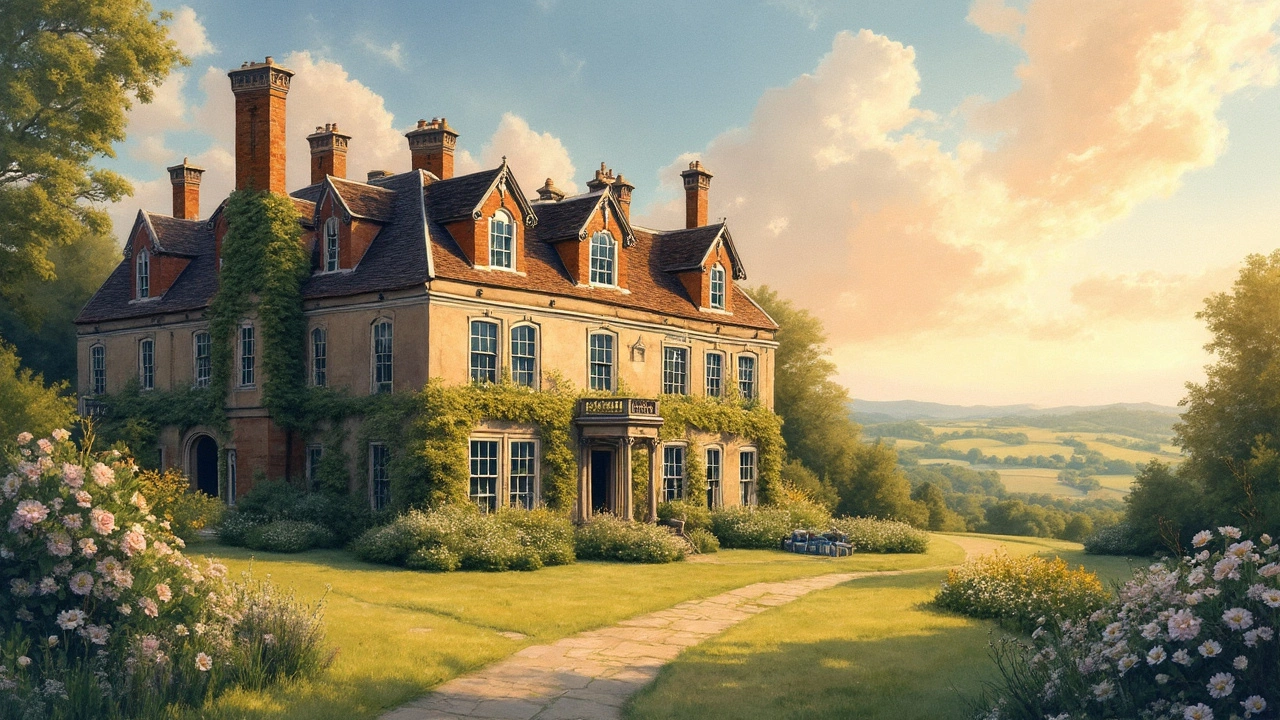
Decoding Italianate Architecture: Unveiling Its Distinct Style
Italianate architecture is a style that emerged in the early 19th century, characterized by its picturesque aesthetic and classical details. Originating from Italy's rural villas, it spread to become a popular style in many European countries and the United States. Key features include low-pitched roofs, tall windows, and decorative brackets under wide eaves. This architectural style often incorporated local materials and building techniques, adapting to various climates and regions. By understanding the distinctive elements of Italianate architecture, one can appreciate the beauty and innovation of this timeless style.
Read more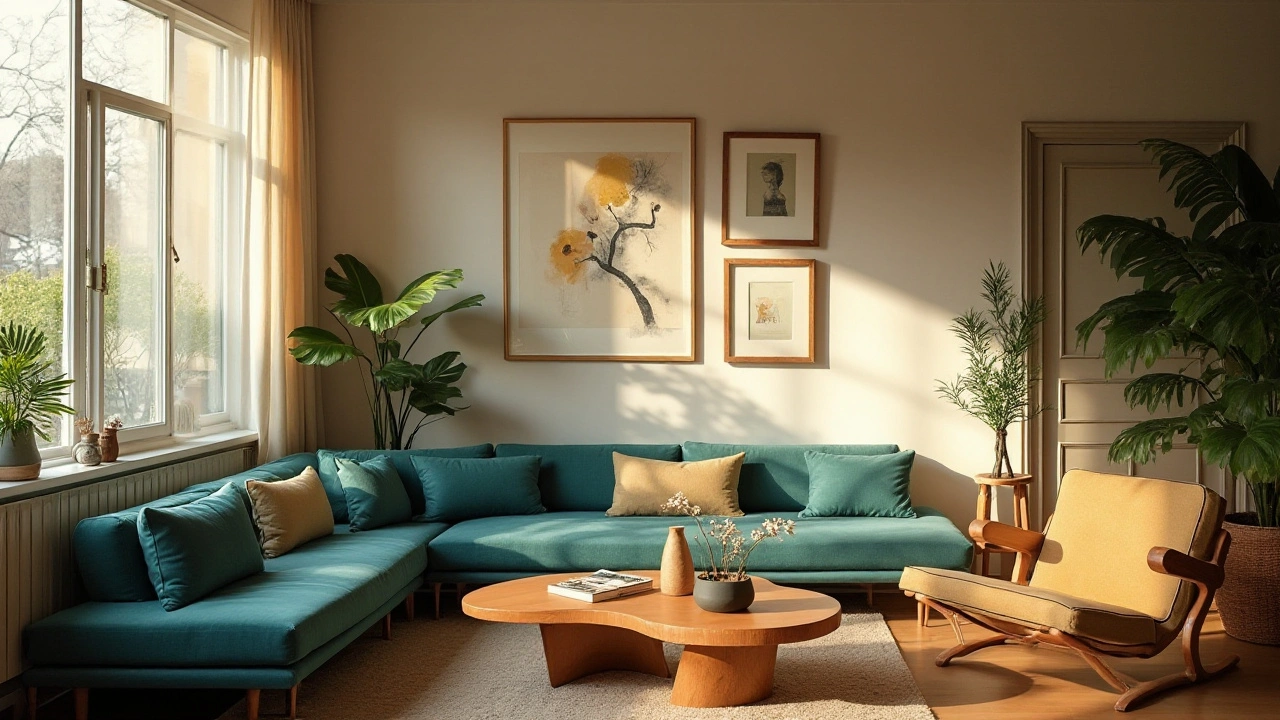
Exploring the Essence and Influence of Mid-Century Modern Design
The Mid-Century Modern movement, which emerged in the mid-20th century, revolutionized architecture, interior design, and furniture aesthetics. Known for its organic shapes, minimalistic forms, and emphasis on functionality, it reflects an era of innovation and creativity. The movement not only shaped residential spaces but also influenced public buildings and city planning. Its timeless appeal continues to captivate modern designers and homeowners alike, making it a resilient style that blends form and function seamlessly. Delve into its origins, key elements, and lasting impact on contemporary spaces.
Read more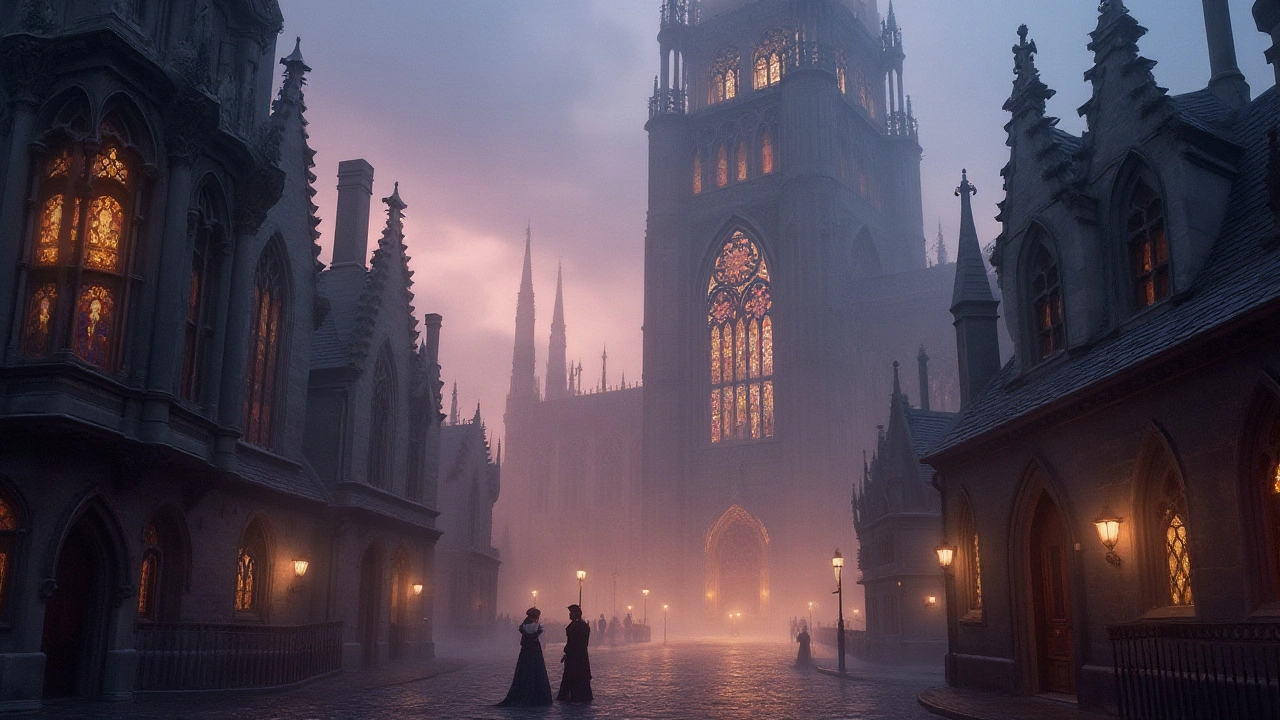
Unveiling the Dark Allure of Gothic Architecture
Gothic architecture stands as a testament to the creative genius of the medieval period, characterized by its soaring spires, intricate sculptures, and mesmerizing stained glass windows. This style emerged in 12th-century France and quickly spread across Europe, leaving behind awe-inspiring cathedrals and churches. Despite its ominous name, Gothic architecture exudes a unique romance and grandeur that captivates visitors even today. Its design elements are not just for aesthetics but serve functional purposes, an intriguing blend of beauty and engineering. Join us as we explore the captivating elements that define Gothic architecture's legacy.
Read more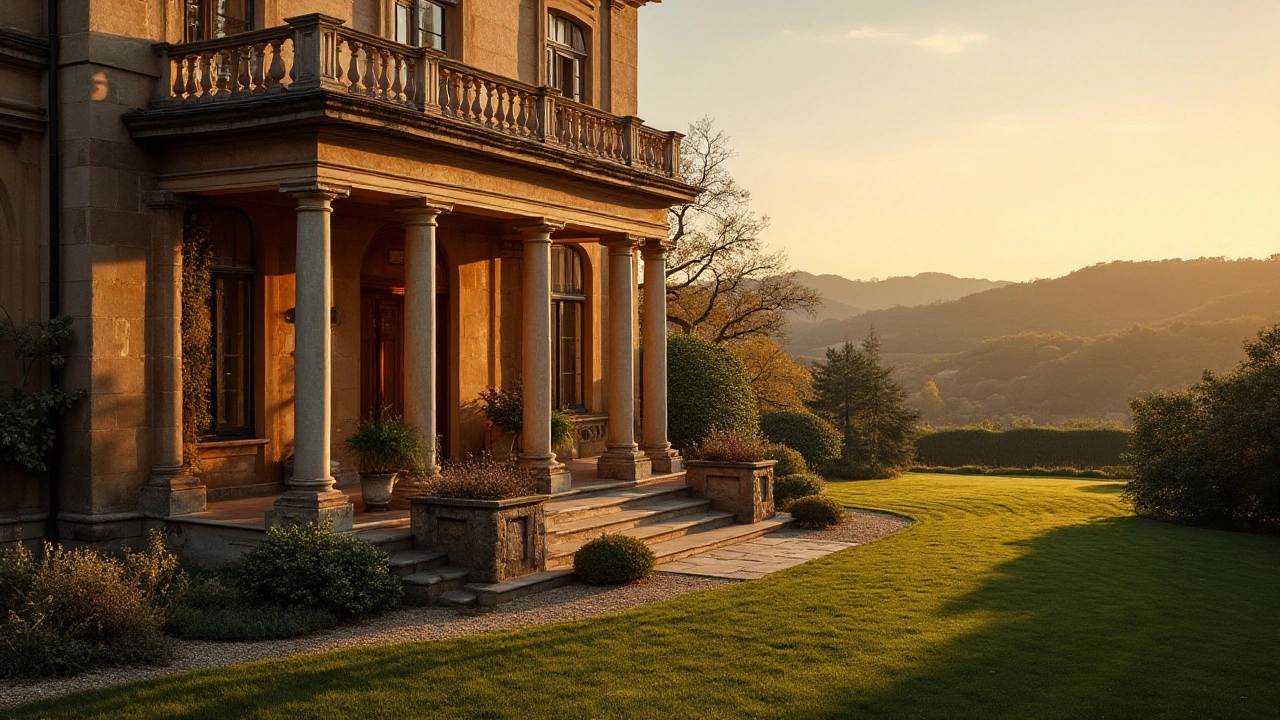
Exploring Italianate Architecture: History and Cultural Significance
Italianate architecture emerged in the 19th century as a distinctive architectural style inspired by the classical villas of Italy. This style became popular in both Europe and North America, characterized by its elegant and ornate detailing, and marked by features like wide eaves, columns, and arched windows. Italianate architecture tells a story of cultural exchange and adaptation, influencing domestic and public buildings worldwide. Discover the history, characteristics, and cultural impact of this captivating style that continues to enchant architects and enthusiasts alike.
Read more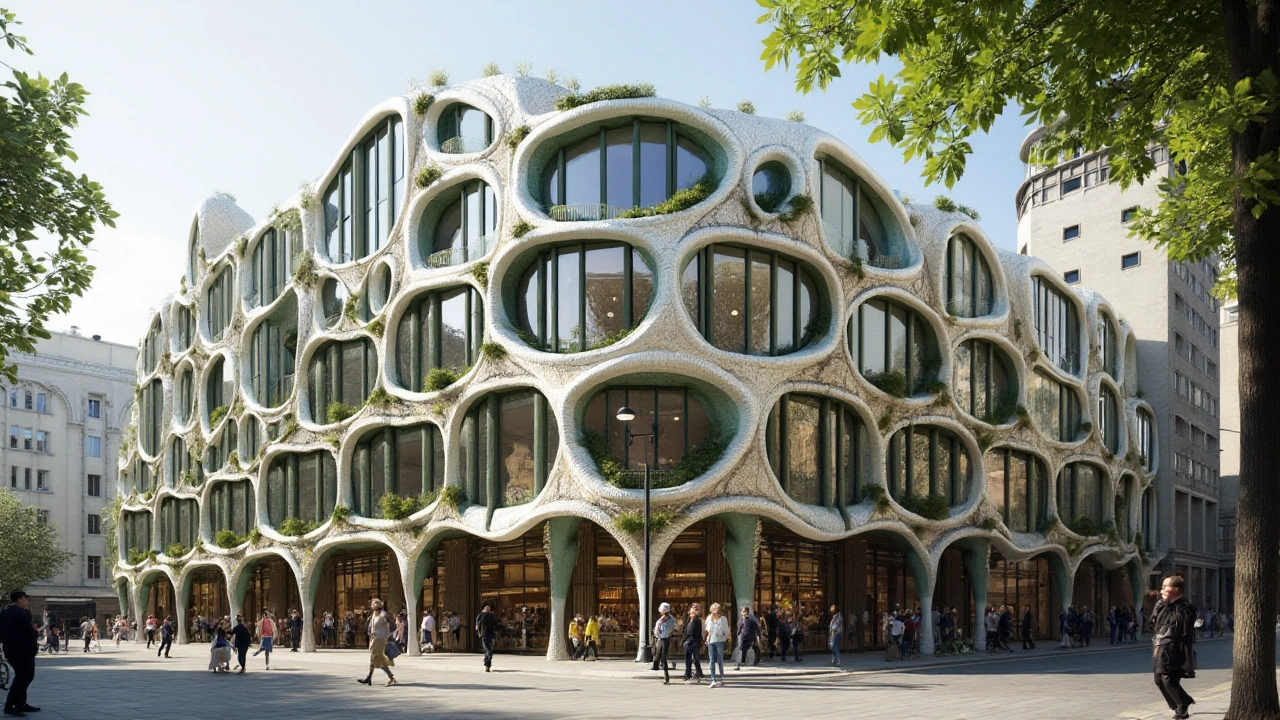
Art Nouveau Architecture's Impact on Contemporary Design Trends
Art Nouveau architecture, with its flowing lines and organic inspirations, marked a departure from the rigidity of its time and paved the way for modern design innovations. The style, distinguished by intricate details and a harmony with nature, continues to influence today's architecture. Current design trends incorporate the aesthetics and ethos of this period while adapting to contemporary needs and materials. Discover the subtle yet profound effect this romantic, turn-of-the-century movement has on today’s architectural landscape.
Read more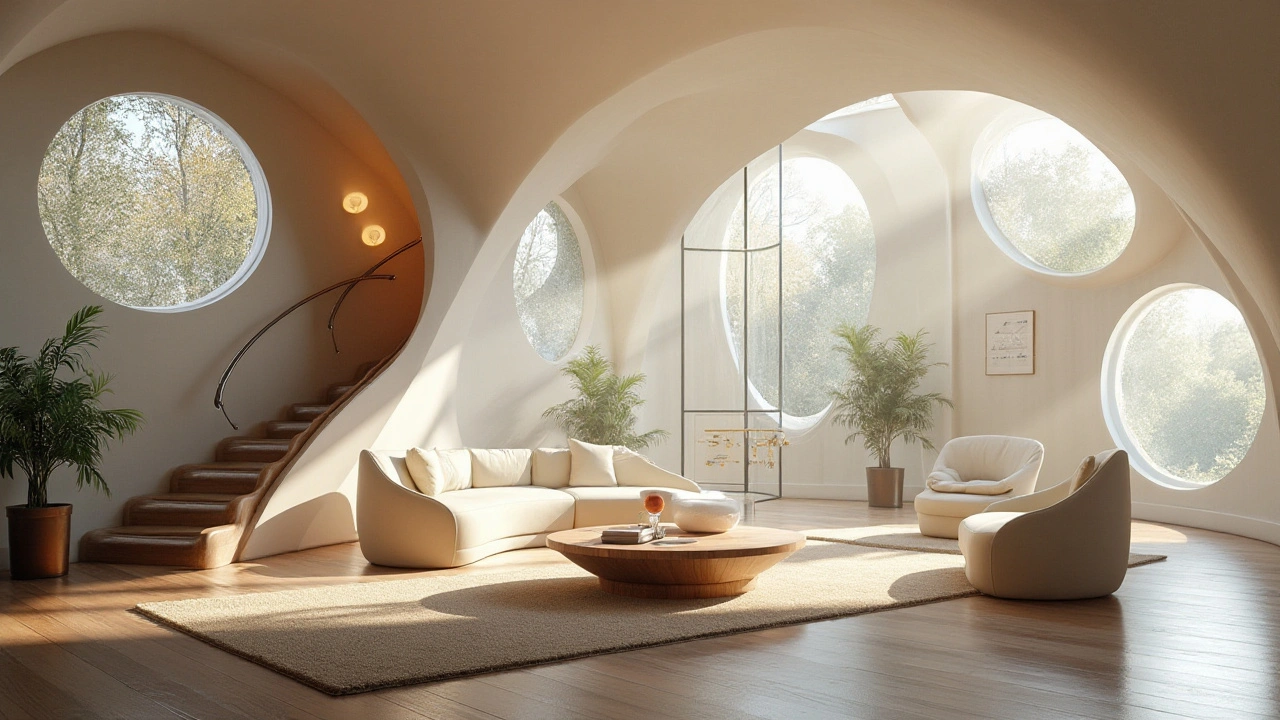
Exploring Neo-Futurism: The Latest in Interior Design Innovations
Neo-Futurism is paving the way for a new era of interior design trends, characterized by a harmonious blend of technology, sustainability, and artistic expression. It emphasizes fluid architectural forms, eco-friendly materials, and smart home integrations to create spaces that reflect a futuristic vision. This article explores the fascinating elements of neo-futurism, offering insights and practical tips for incorporating these modern concepts into your home decor. From integrating AI technology to choosing sustainable furniture, neo-futurism provides an innovative blueprint for transforming living spaces.
Read more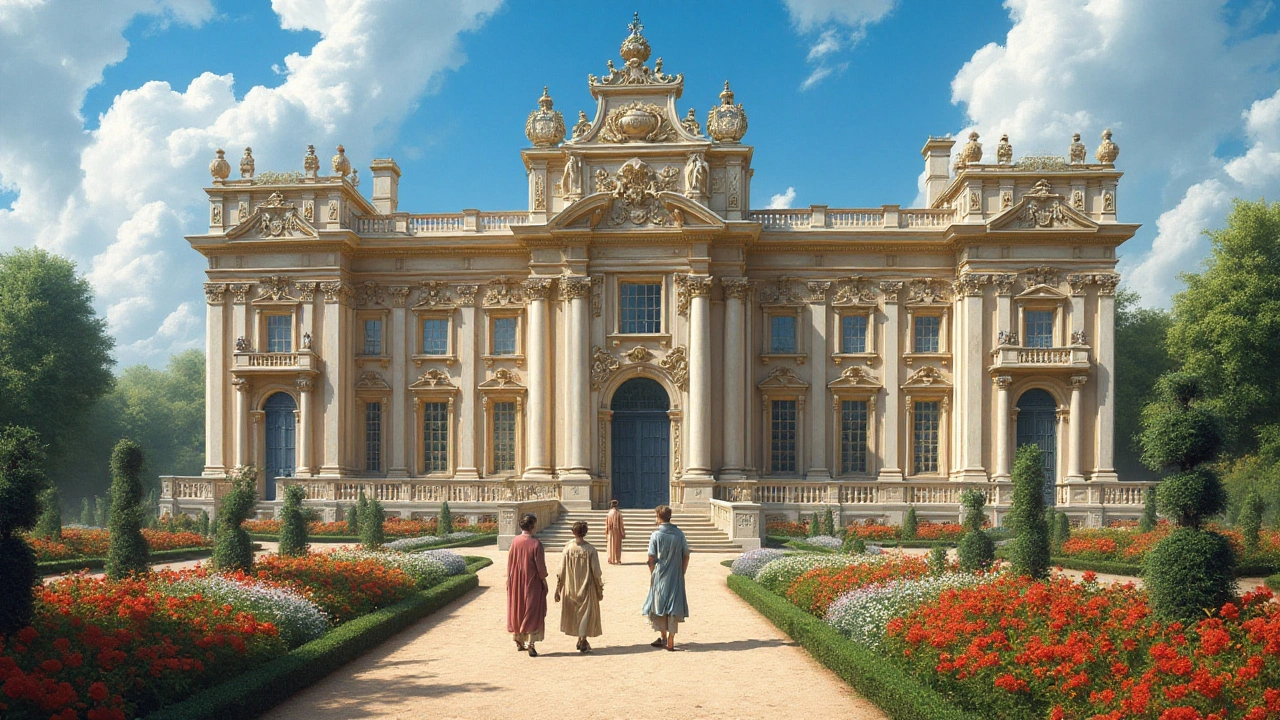
Luxury and Opulence: Unpacking Baroque Architecture
Baroque architecture emerged in the late 16th century, marking a flamboyant shift from the restrained styles that preceded it. It is characterized by bold contrasts, extravagant ornamentation, and dynamic forms designed to evoke emotional responses. This architectural style spread across Europe and later to Latin America, often associated with the Counter-Reformation as the Catholic Church sought to convey its grandeur. Baroque remains a powerful symbol of luxury and can still be seen in many palaces and churches. Understanding the intricate details of this style offers insights into the cultural and historical contexts that shaped it.
Read more